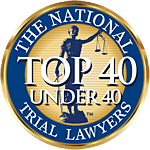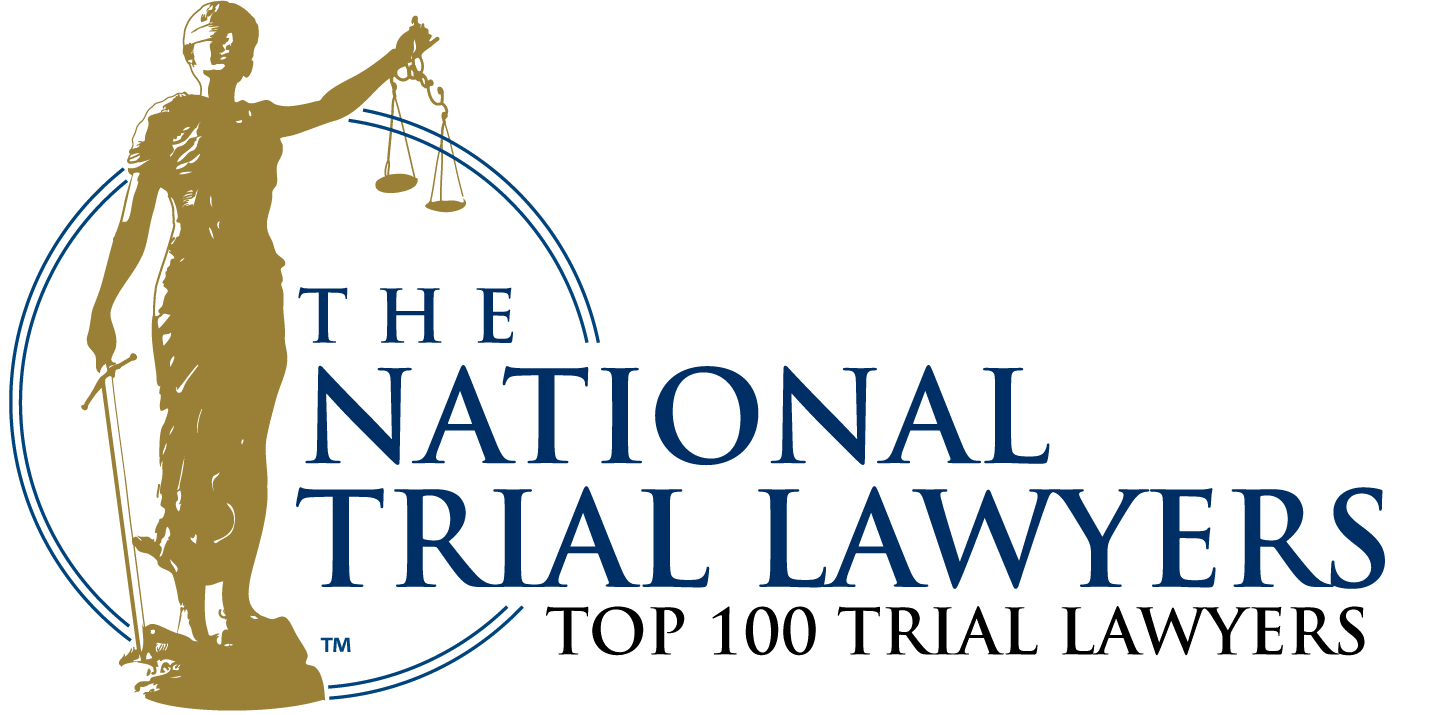Drowsy driving could become less deadly with new technologies
Based on reported crash data, the National Highway Traffic Safety Administration has estimated that nearly 2.5 percent of fatal car accidents involve drowsy driving. New Jersey drivers, however, might be surprised that the Centers for Disease Control and Prevention believes that that figure is far too low.
Driver fatigue is often not recorded in police accident investigation reports because it is difficult to detect, and there are no tests for drowsy driving like there are for alcohol-impaired driving. However, fatigue and alcohol can have some of the same effects on drivers. Drowsiness can slow their reaction time, make them less aware and impair their judgement. However, there are several technologies that are being used and developed to prevent drowsy driving accidents.
Many auto manufacturers are already installing forward collision warning systems in vehicles. These use lasers and cameras to recognize objects in the path of a vehicle and to compute the amount of time until a collision occurs. A sound or visual alarm is usually triggered, but some systems apply the brakes for drivers. Road and lane departure warning systems are a newer technology that detects when a driver is about to run off of the road or cross into another lane; the systems emit a warning sound. Some vehicle technologies also monitor the drivers’ steering habits to measure drowsiness and sound an alert.
Additionally, dedicated devices and mobile apps could become viable solutions to keeping drowsy drivers more aware of the road. In development, a Bluetooth headset warns the wearer of sleepiness by monitoring body movement and blinking. Phone apps might make it more difficult for drivers to fall asleep by asking them trivia questions, making them touch the device intermittently and making alarm noises at specific intervals.
The family of a victim who died in a car accident caused by a sleep-deprived driver might want to discuss with an attorney the advisability of filing a wrongful death lawsuit against the responsible party. Damages often sought in such an action include funeral and burial expenses and loss of companionship.








